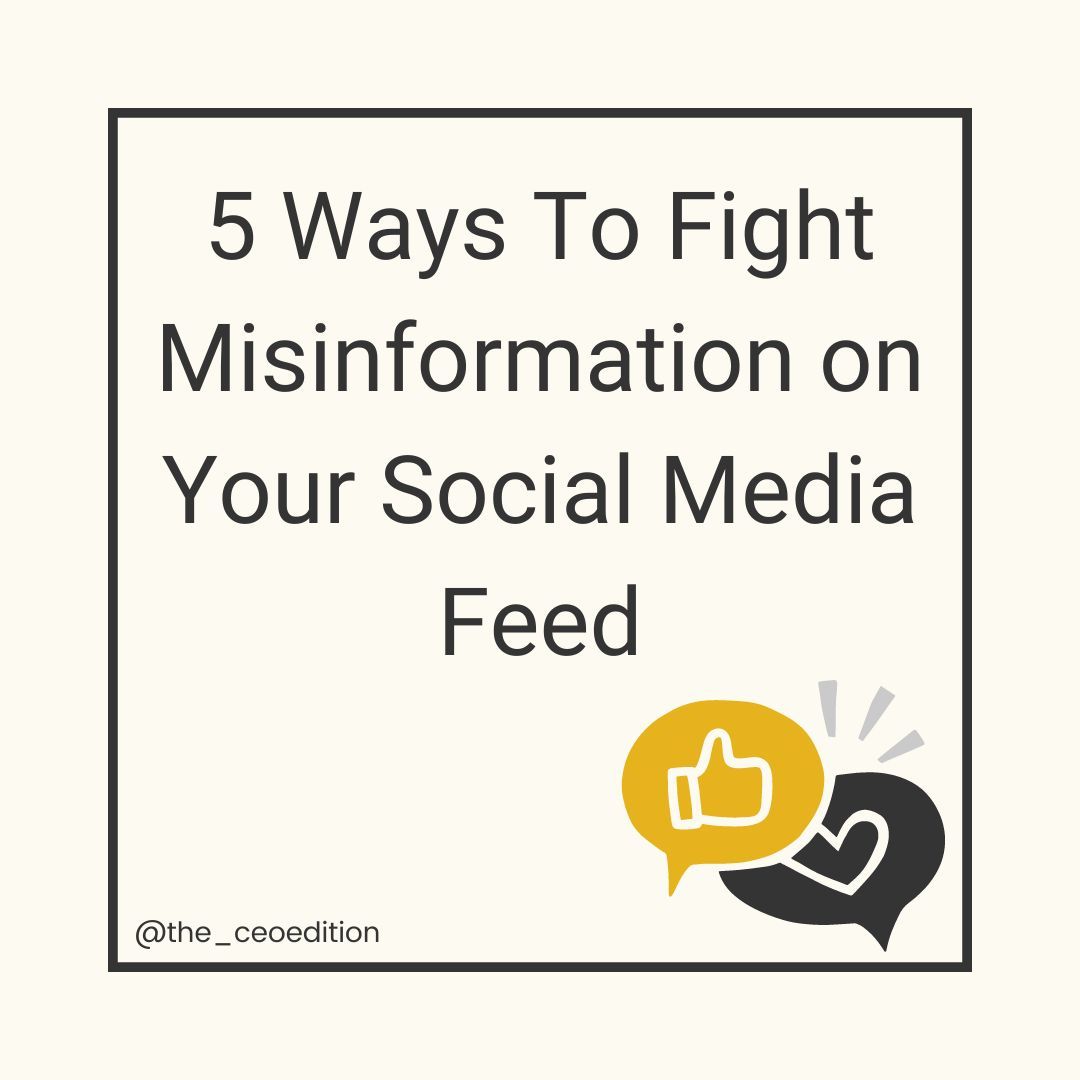There is overwhelming news on social media 24/7. Today, you will find that every social media feed is optimized for continuous scrolling. Social media comes with information overload and creates a perfect avenue for misinformation, which is spread daily.
Humans are to err, and mistakes are bound to happen. In addition, some people choose to share false news deliberately. For these reasons, misinformation will spread regardless. It is true that the internet, through social media, connects us to the world and reliable sources and allows us to conduct business. It has numerous benefits.
However, when it comes to social media, it becomes a question of whether to believe what we see or stop to verify what we’re reading or hearing from our feeds.
Per latest statistics 80% US adults consumed fake information.
So the biggest question is, how can we fight misinformation on our social media feeds? Don’t worry; we will take you through five stellar ways to fight misinformation on all your social media feeds.
Recognize First
The first step to fighting the probability of being misinformed or consuming incorrect information is recognizing it first.
When you visit your social media news feed, you will be able to know if the news you are seeing is fake news with the kind of bias that it has.
If the information conveyed provokes feelings of anger, hate, or mistrust in a group of people, a product, or a specific person, it’s fake!!
Sometimes, you may find that an unfamiliar source shares the content with no solid social media presence; in such cases, information can be fake too.
Filter Aesthetics
This is all about what catches your eye when scrolling on a feed on social media. Good infographic appeal to the eye because it is designed to grab the viewer’s attention. Content creators would do anything to get the views.
You are likely to find too much information on cooking, health, dancing, and fitness one day from one person, and the next day you find information about relationship advice from the same person.
Truth be told, it is not common to find an expert in all these niches. So it is upon you to filter:
- who is posting
- what is the subject
- whether it is detailed or guesswork
- whether it is copied
- Whether the videos and images used are real or photoshopped?
Given that you understand your social feed very well, you can filter what looks like misinformation and skip it.
Look at Who Posted This Content
In all your social media feeds, you probably have an idea of the people who actively share information and what kind of information you get depending on who you follow and your search algorithms.
When you see interesting information, look at who has posted it and for how long they have been active. Unfortunately, some people create pseudo accounts on social media to spread distorted, untrue, or fake information.
If you see a new account posting all day and from different locations, that may be a red flag. That account could be spreading false information. This happens especially on trending political issues on Twitter, and such content could be machine-generated.
Report Misinformation
Sometimes you may have complete information about something, and then you find it on social media, but it could be distorted or falsified. If you determine that a piece of information is false, report it on the social media platform.
The report, flagged as inappropriate, options are available on the social media news feed. Social media companies depend on you as a user and consumer of social media news to report any misleading information. Therefore, take time to report such information.
Reporting such content blocks people from posting fake content on your feed in the future.
Search Information on Other Sources
When you find questionable content on your social media feed, try and see if it is available on any other source. If you suspect the account, find out if it exists on other social media platforms. If yes, try and see if they have any strong affiliations to politics or religion that may cause them to spread certain information in a certain way.
There is information overload on social media on daily basis and protecting yourself from being misinformed is a continuous task.
Also Read: 7 Ways to Measure Sales Growth Effectively















